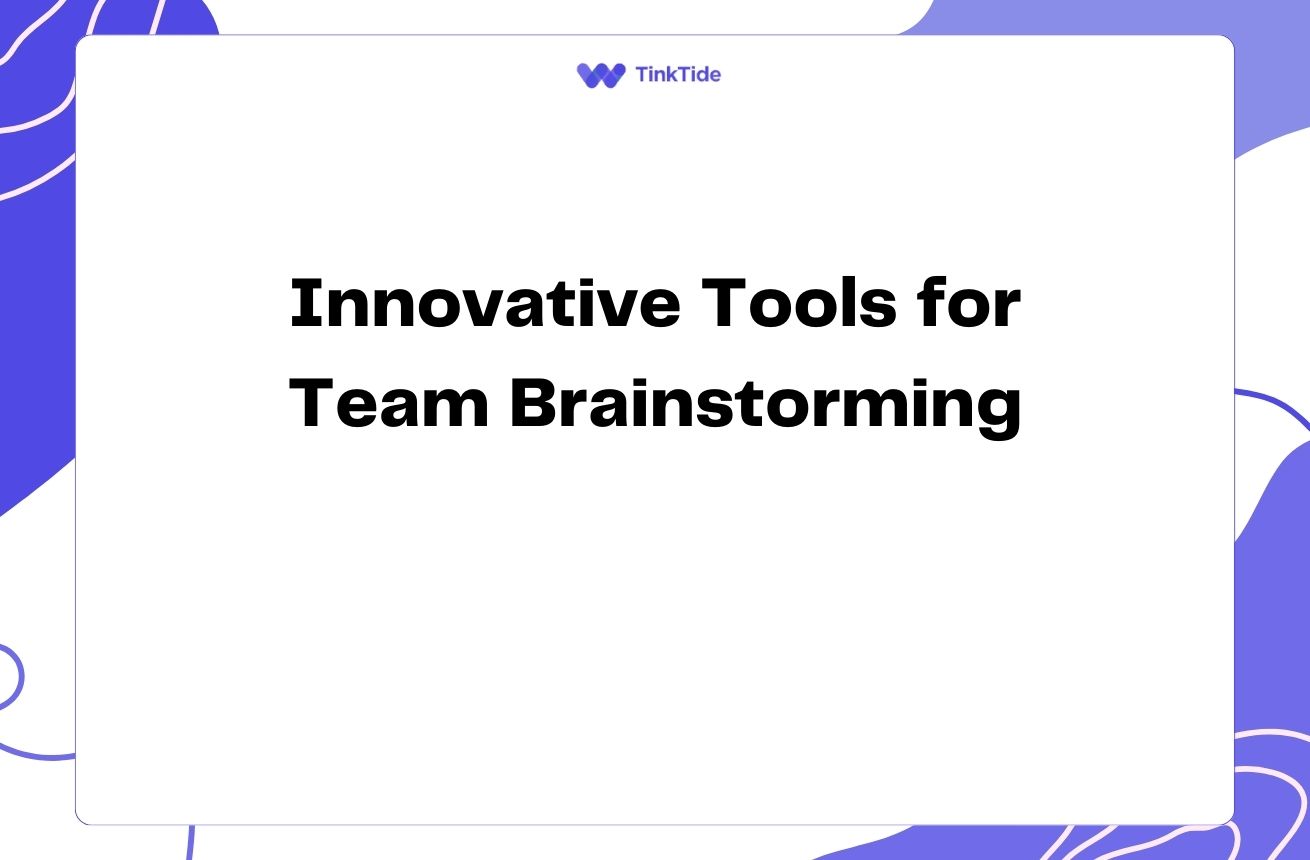Boost Your Marketing Automation with Mind Maps
The Power of Visual Thinking in Marketing
In the fast-paced world of digital marketing, efficiency is key. Enter mind maps – a powerful tool for visualizing and streamlining your marketing automation workflows. By leveraging the brain's natural ability to process visual information, mind maps can help marketers organize thoughts, plan campaigns, and optimize processes more effectively.
Mind maps are not just pretty diagrams; they're a strategic asset in your marketing toolkit. They allow you to see the big picture while also drilling down into the details of your automation workflows. This visual approach can lead to more creative solutions and help identify potential bottlenecks or opportunities that might be missed in traditional linear planning.
According to a study by the Mind Mapping Software Blog, mind mapping can increase productivity by an average of 23%. For marketing teams juggling multiple campaigns and complex automation sequences, this boost in efficiency can be game-changing.
Key Benefits of Mind Mapping in Marketing Automation
Incorporating mind maps into your marketing automation strategy offers several advantages:
- Enhanced clarity and organization of complex workflows
- Improved team collaboration and idea sharing
- Faster identification of gaps and opportunities in your automation sequences
- Better alignment between marketing goals and automation tactics
- Increased creativity in campaign planning and execution
Getting Started with Mind Maps for Marketing Automation
To begin using mind maps for your marketing automation workflows, start with a central idea or goal. This could be a specific campaign, a quarterly marketing plan, or an overall automation strategy. From there, branch out into main categories such as audience segments, channels, content types, and automation triggers.
Use tools like MindMeister or XMind to create digital mind maps that can be easily shared and updated. These platforms often integrate with project management tools, making it simple to turn your visual plans into actionable tasks.
Remember, the goal is to create a visual representation that helps you and your team understand and optimize your marketing automation processes. Don't be afraid to iterate and refine your mind maps as you discover what works best for your specific needs.
Mapping Out Your Automation Workflow
When creating a mind map for your marketing automation workflow, consider the following structure:
- Central node: Overall campaign or automation goal
- Primary branches: Major stages in your workflow (e.g., Lead Generation, Nurturing, Conversion)
- Secondary branches: Specific actions or triggers within each stage
- Tertiary branches: Content, metrics, and tools associated with each action
This hierarchical structure allows you to see how different elements of your automation strategy connect and influence each other. It can help you identify potential areas for improvement or automation that you might have overlooked.
Optimizing Your Workflows with Mind Maps
Once you've created your initial mind map, use it as a tool for ongoing optimization. Regularly review and update your map to reflect changes in your strategy, new technologies, or insights gained from campaign performance.
Use color coding to highlight high-performing elements, areas needing improvement, or different types of automation triggers. This visual cue can help you quickly identify patterns and make data-driven decisions about your automation strategy.
Encourage your team to collaborate on the mind map, adding their insights and ideas. This collaborative approach can lead to more innovative solutions and a shared understanding of your marketing automation goals.
Integrating Mind Maps with Your Marketing Stack
To maximize the impact of your mind maps, integrate them with your existing marketing technology stack. Many mind mapping tools offer integrations with popular marketing automation platforms like HubSpot or Marketo.
These integrations allow you to link specific nodes in your mind map directly to campaigns, workflows, or reports in your automation platform. This creates a seamless connection between your strategic planning and tactical execution.
Additionally, consider using APIs to pull real-time data into your mind maps. This can help you create dynamic visualizations that reflect the current state of your marketing automation efforts, enabling faster decision-making and more agile campaign management.
Best Practices for Mind Mapping in Marketing Automation
To get the most out of mind mapping for your marketing automation workflows, follow these best practices:
- Keep it simple: Start with basic structures and add complexity as needed
- Use consistent symbols and colors for easy interpretation
- Regularly review and update your mind maps to reflect current strategies
- Encourage team input to foster collaboration and diverse perspectives
- Link mind map elements to specific metrics for performance tracking
Address common questions
Here are some frequently asked questions about using mind maps for marketing automation workflows:
How often should I update my marketing automation mind map?
It's best to review and update your mind map at least monthly, or whenever significant changes occur in your marketing strategy or automation processes. Regular updates ensure that your visual representation remains an accurate and useful tool for your team.
Can mind maps replace traditional project management tools?
While mind maps are excellent for brainstorming and visualizing workflows, they typically work best in conjunction with traditional project management tools rather than as a replacement. Use mind maps for high-level strategy and creative planning, then translate those ideas into actionable tasks in your project management system.
What's the best way to share mind maps with my team?
Most digital mind mapping tools offer sharing and collaboration features. You can invite team members to view or edit the mind map directly within the platform. For stakeholders who don't use the mind mapping tool, consider exporting your map as an image or PDF for easy sharing.
How detailed should my marketing automation mind map be?
The level of detail in your mind map should balance comprehensiveness with clarity. Start with a high-level overview and add more detailed branches as needed. If a section becomes too complex, consider creating a separate, more detailed mind map for that specific area.
Can I use mind maps for A/B testing in marketing automation?
Absolutely! Mind maps are excellent for planning and visualizing A/B tests. You can create branches for different variations, linking them to specific metrics and outcomes. This visual representation can help you better understand the relationships between different elements in your tests.
Provide additional resources
Mind Mapping for Marketers
A comprehensive guide to using mind maps in marketing
Marketing Automation Workflow Templates
HubSpot's collection of marketing automation workflow templates
The Psychology of Visual Marketing
Insights into why visual tools like mind maps are effective in marketing
Mind Mapping Software Comparison
A comparison of popular mind mapping tools for marketers
Automation Workflow Best Practices
Tips for optimizing your marketing automation workflows
Summarize key takeaways
Mind mapping is a powerful technique for streamlining and optimizing your marketing automation workflows. By visualizing your processes, you can enhance clarity, foster creativity, and identify opportunities for improvement.
Remember to start simple, involve your team, and integrate your mind maps with your existing marketing stack for maximum impact. Regularly review and update your maps to ensure they remain a valuable asset in your marketing strategy.
By embracing mind mapping, you're not just creating pretty diagrams – you're unlocking a new level of efficiency and innovation in your marketing automation efforts. Start mapping your way to success today!
Elevate Your Marketing Automation Strategy
Ready to transform your marketing workflows? Try our mind mapping tools and templates designed specifically for marketing automation.
Start Your Free Trial

